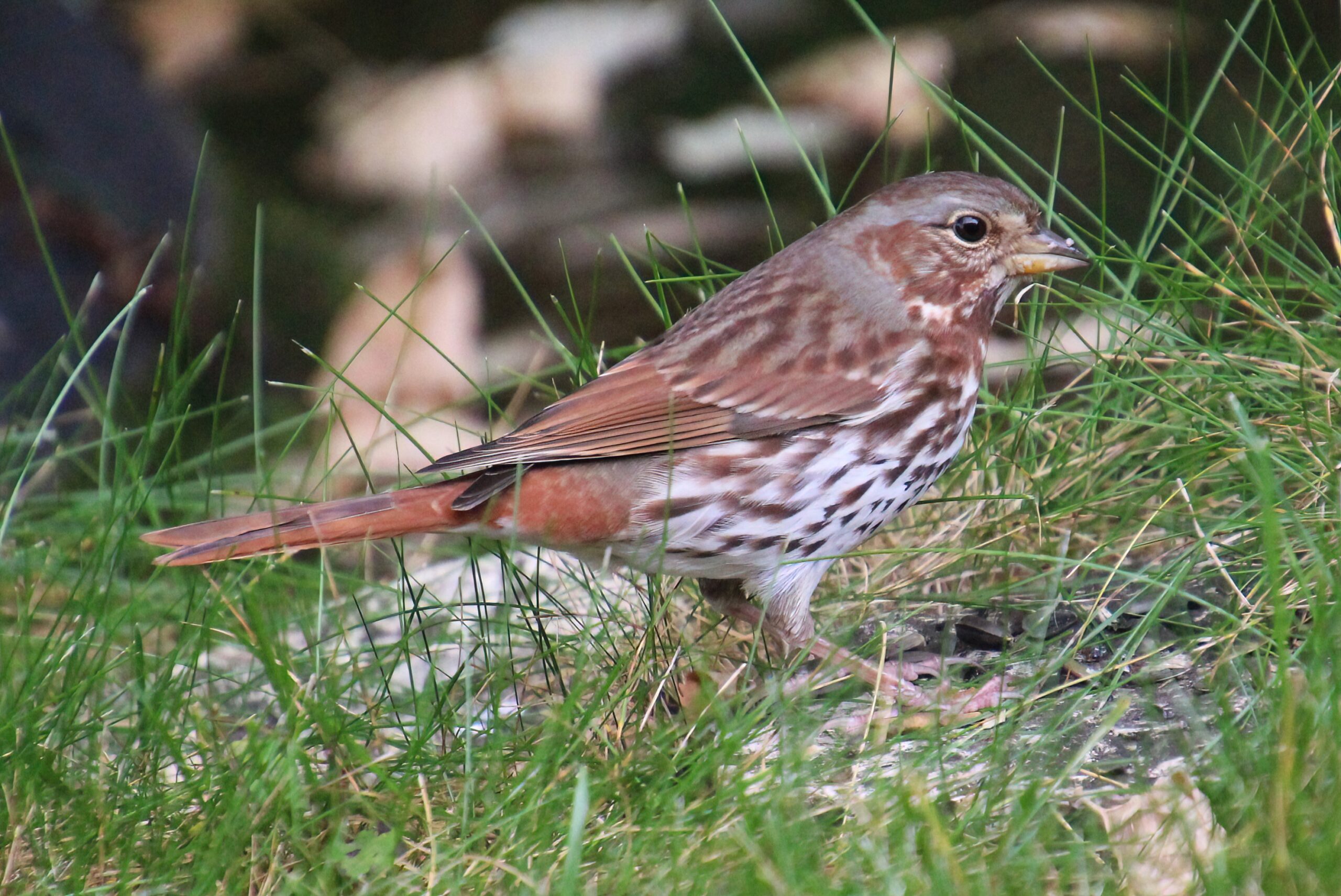Envision an enormous concrete vault tunneled into the side of a mountain in the middle of practically no-where, the insides of which store fantastic riches. More valuable than gold, more complicated than the most advanced nano-technology, and as promising as a rainbow after a storm, these goods have the ability to save mankind from an uncertain fate after a traumatic or even cataclysmic world event. Almost completely automated and technologically sound, the vault, it’s creation, and contents are not the brainchild of some scheming mastermind whose directive is to rule the world. No, this vault has been conceived, constructed, and stocked as a result of a multinational consortium. Sound way too futuristic, way too peaceful, and entirely too good to be true?
Well it isn’t – if you haven’t already been made aware, I introduce you to the Svalbard Global Seed Vault. Opened in 2008 by an association of the Norwegian government, Global Crop Diversity Trust, and Nordic Genetic Research Center, this amazing vault is housed in the side of a sandstone mountain on the Arctic island of Spitsbergen near the Norwegian city of Longyearbyen. Stocked with over 500 000 food crop seed samples of various varieties (sample size is 500 seeds per variety), the vault has the capacity to store a staggering 2.25 billion individual seeds, representing 1.5 million varieties. It is a testament to a growing, cooperative movement of governments worldwide interested in protecting global food supply, as this storage facility has been quickly amassing deposits from around the world. From wheat to sorghum to rice to maize to potatoes and more, the current seed stock represents approximately 1/3 of the world’s most significant food crop genetics; more countries continue to contribute year over year.
Intended to preserve our ability to feed the world after any tumultuous event such as extreme weather, crop mismanagement, earthquakes, climate change, etc., the vault has some impressive features. Being dug into the Arctic permafrost far from any continental plate boundaries (i.e. minimal tectonic activity) allows a stable environment. Coolers that house the seeds are kept at –18 degrees Celsius; even in the case of a power outage or disruption, it would take several weeks for the cooler chambers to warm to the already cool –3 degree Celsius of the surrounding permafrost bedrock. Minimal oxygen-interaction in the vault (to reduce chance of metabolic activation of the seeds) is achieved through the length of the entrance tunnel to the storage area and design of the airlocks. The vault has been excavated at a height of 130m above sea level; if the sea level were to rise (as a result of melting glaciers and ice caps, for example), the vault and seeds inside would not be affected. Even the vault layout makes it uninviting to interested intruders: there are locks through the main entrance and long tunnel leading to the vault; entrance directly into the storage area via the surface would entail digging through metres upon metres of bedrock, a timely endeavor that would allow law enforcement to be alerted.
One of the most interesting, come-of-age projects that have surfaced in agriculture in the past century, this genetic repository is not the only one in the world (there are about 1400 other, smaller gene banks worldwide), but it is the most comprehensive, largest, and most multinational. With the noble aim of being the safety net of the biodiversity and food seed supply in the world, countries are encouraged and bolstered by the Vault’s progressive position of acting solely as a safety deposit box. The country that deposits the samples retains all rights to the seeds, and only the depositing country has access to them.
Every once in a while, you come across information that is so interesting and uplifting that you can’t help but say “Wow!” That’s exactly how I felt when I discovered the Svalbard Global Seed Vault a few years ago. With such amazing, far reaching influence, not only in the realm of science but also in societal and global relations, there is little doubt why Time magazine named the Svalbard Global Seed Vault as one of the “Best Inventions of 2008!”
Amazing World Safety Net
In response to Canada's Online News Act and Meta (Facebook and Instagram) removing access to Canada's local news from their platforms, Anchor Media Inc encourages you to get your news directly from your trusted source by bookmarking this site and downloading the Rogue Radio App. Send your news tips, story ideas, pictures, and videos to info@anchormedia.ca.





